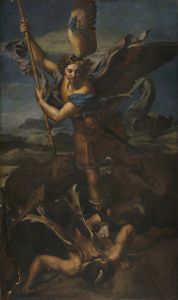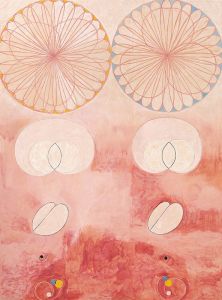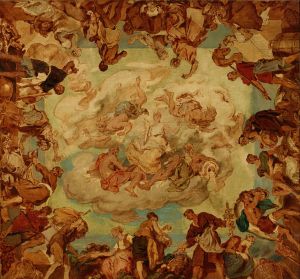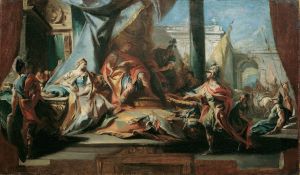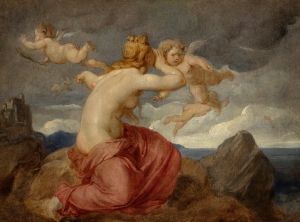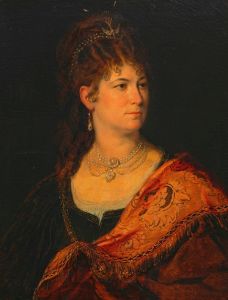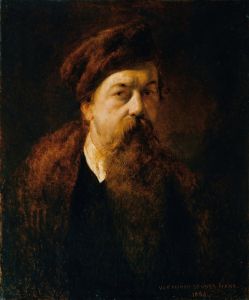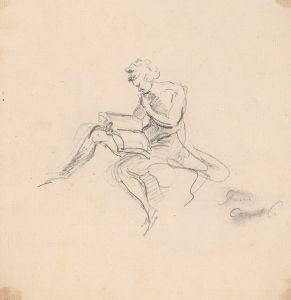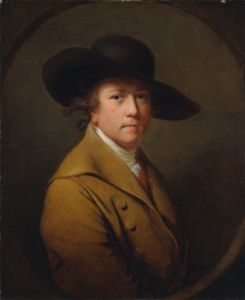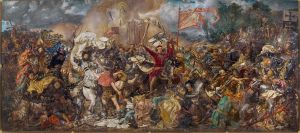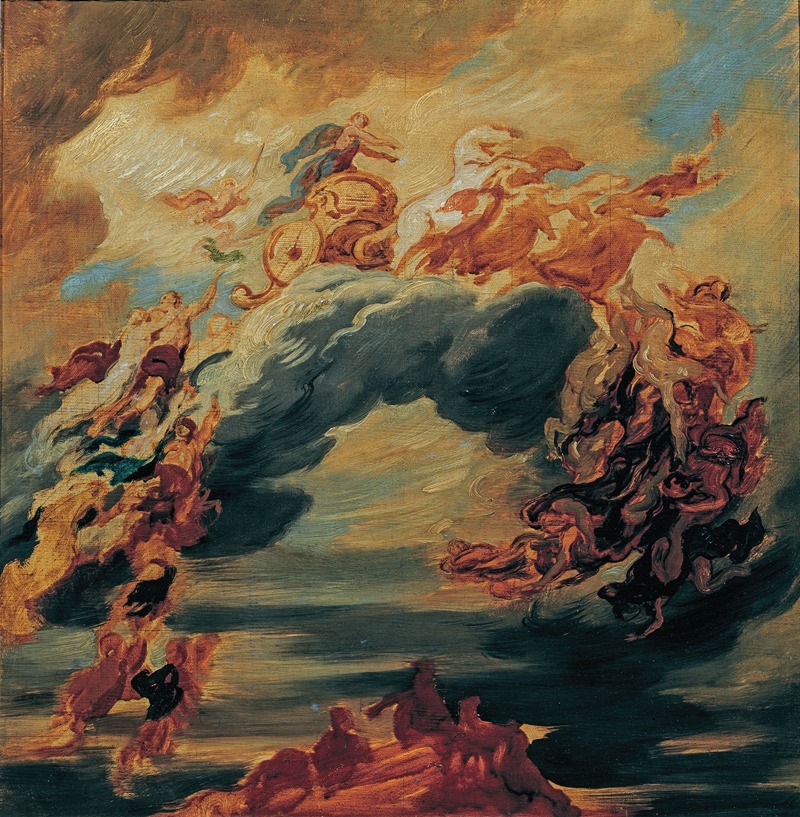
Der Sieg des Lichtes über die Finsternis
A hand-painted replica of Hans Canon’s masterpiece Der Sieg des Lichtes über die Finsternis, meticulously crafted by professional artists to capture the true essence of the original. Each piece is created with museum-quality canvas and rare mineral pigments, carefully painted by experienced artists with delicate brushstrokes and rich, layered colors to perfectly recreate the texture of the original artwork. Unlike machine-printed reproductions, this hand-painted version brings the painting to life, infused with the artist’s emotions and skill in every stroke. Whether for personal collection or home decoration, it instantly elevates the artistic atmosphere of any space.
Hans Canon's painting "Der Sieg des Lichtes über die Finsternis" (The Victory of Light over Darkness) is a significant work in the realm of 19th-century European art. Hans Canon, born Johann Baptist Strašiřipka in 1829, was an Austrian painter known for his historical and allegorical subjects. His works often reflect the artistic and intellectual currents of his time, blending realism with symbolic elements.
"Der Sieg des Lichtes über die Finsternis" is an allegorical painting that embodies the triumph of enlightenment and knowledge over ignorance and obscurity. This theme was particularly resonant during the 19th century, a period marked by rapid scientific progress and philosophical exploration. The painting captures the essence of this intellectual awakening, a common motif in the art and literature of the era.
Canon's work is characterized by its dramatic composition and dynamic use of light and shadow, which serve to underscore the painting's central theme. The depiction of light as a conquering force over darkness is not only a literal representation but also a metaphorical one, suggesting the victory of reason and progress over superstition and fear. This aligns with the broader cultural movements of the time, such as the Enlightenment and the Industrial Revolution, which emphasized reason, science, and the potential for human advancement.
The painting is notable for its detailed and expressive figures, which Canon rendered with a keen eye for anatomy and emotion. His ability to convey complex themes through the interplay of figures and their surroundings is a testament to his skill as a painter. The figures in the painting are often interpreted as personifications of abstract concepts, with light and darkness represented by human forms engaged in a struggle.
Hans Canon's work, including "Der Sieg des Lichtes über die Finsternis," reflects the influence of both classical and contemporary art. He was inspired by the grandeur of historical painting and the precision of modern techniques, which he combined to create works that were both visually striking and intellectually engaging. His paintings often invite viewers to contemplate the deeper meanings behind the visual spectacle.
While specific details about the painting's commission, exhibition history, or critical reception during Canon's lifetime are limited, it remains an important example of his oeuvre. "Der Sieg des Lichtes über die Finsternis" continues to be appreciated for its artistic merit and its embodiment of 19th-century ideals.
Hans Canon passed away in 1885, but his legacy endures through his contributions to Austrian art. His works, including this painting, are held in various collections and continue to be studied for their artistic and historical significance. "Der Sieg des Lichtes über die Finsternis" stands as a testament to Canon's ability to capture the spirit of his age, blending technical skill with profound thematic exploration.





